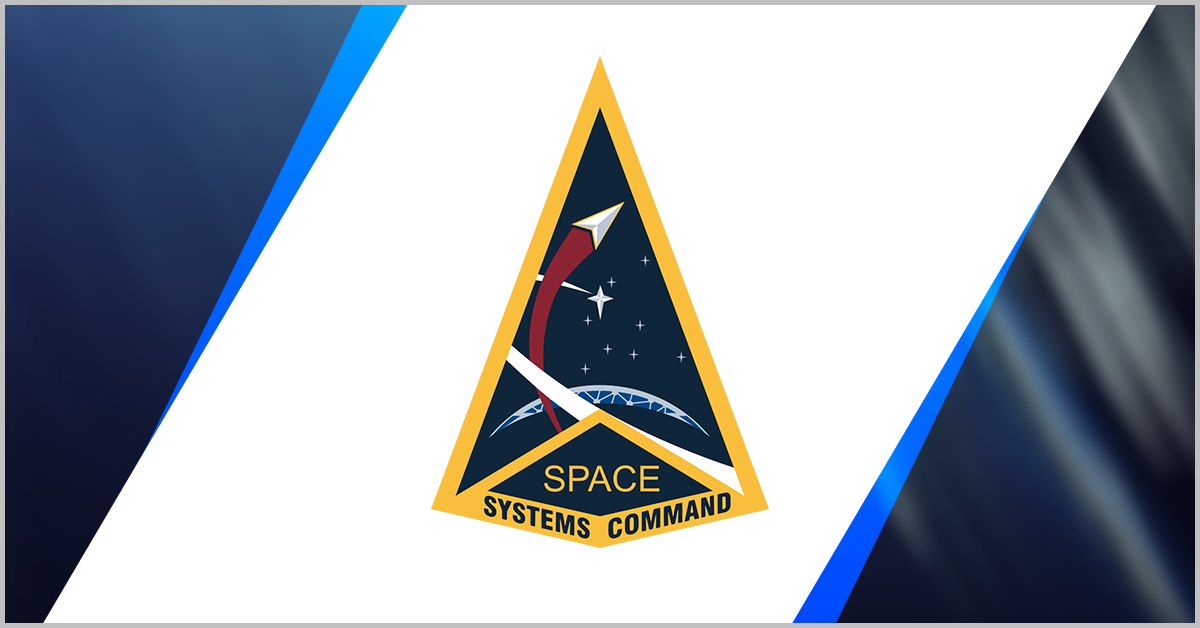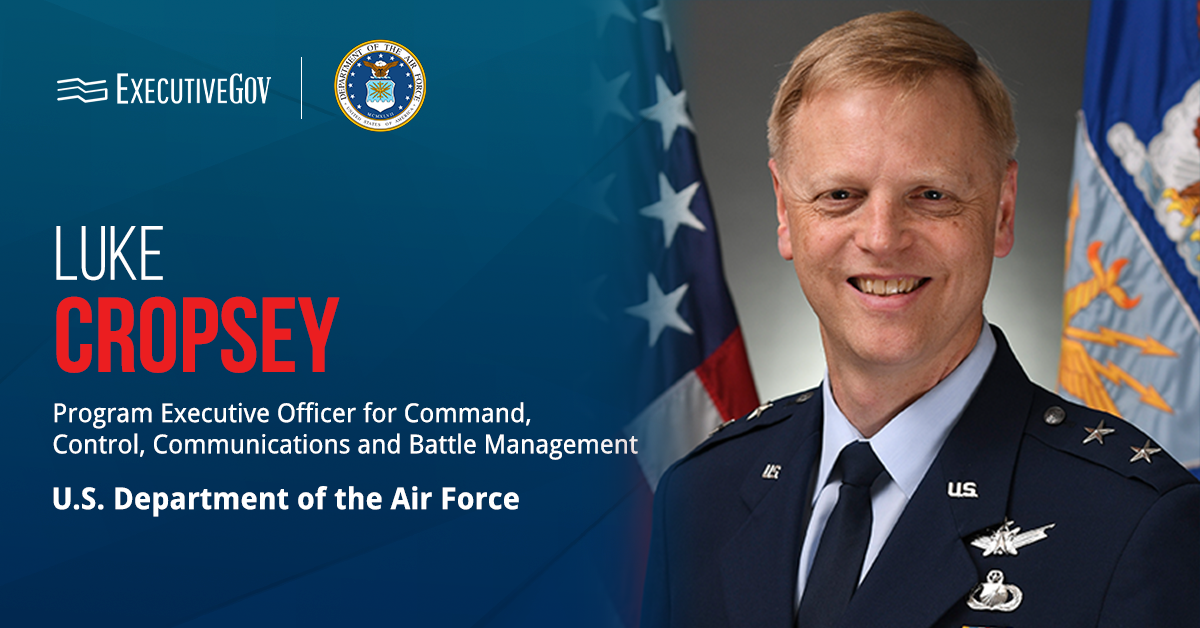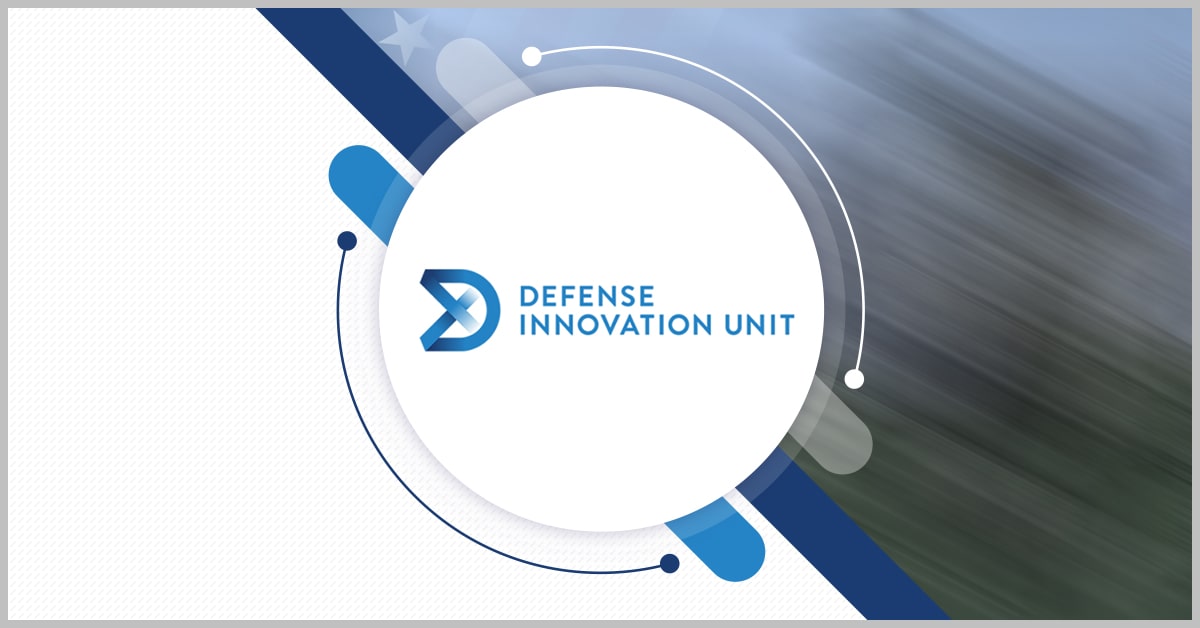President Donald Trump has signed a memorandum to foster foreign investment while safeguarding U.S. national security interests from threats posed by China and other foreign adversaries.
Table of Contents
Creating ‘Fast Track’ Process
According to a White House fact sheet published Friday, the national security presidential memorandum, or NSPM, titled America First Investment Policy will establish a “fast track” process to promote greater investment from specific allies and partners while setting appropriate security conditions that prevent investors from partnering with foreign adversaries in advanced technology areas.
The Trump administration will also accelerate environmental reviews for any investment over $1 billion.
Leveraging CFIUS
The U.S. government will use the Committee on Foreign Investment in the United States, or CFIUS, and other legal instructions to restrict Chinese investments in U.S. technology, critical infrastructure, energy, healthcare, agriculture, raw materials and other strategic sectors.
The current administration will bolster the authority of CFIUS over “greenfield” investments, safeguard U.S. farmland and real estate near sensitive facilities and limit access of foreign adversaries to U.S. talent and operations with sensitive technologies.
New Restrictions on Outbound Investments
The U.S. government will consider new or expanded restrictions on the country’s outbound investment to China in artificial intelligence, semiconductors, quantum, aerospace, biotechnology and other sensitive technologies to stop U.S. funds from supporting the East Asian country’s Military-Civil Fusion strategy.
According to the memo, the Office of Science and Technology Policy will regularly review and update the covered sectors.
Other Measures
Under the NSPM, the government will encourage passive investments from all foreign individuals to support businesses while protecting national security.
The administration will audit foreign companies on U.S. exchanges and assess their ownership structures to protect U.S. investors’ savings. It will also ensure that foreign adversary businesses are ineligible for pension plan contributions.











